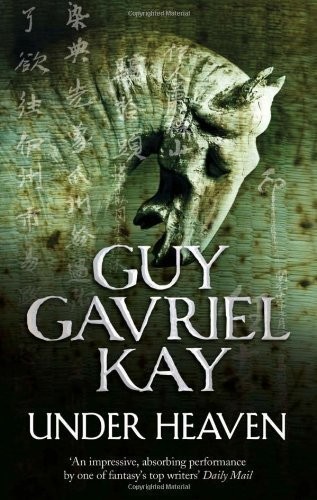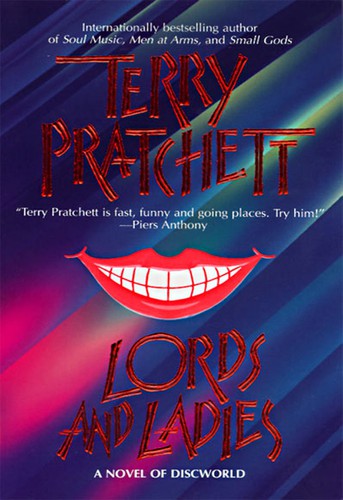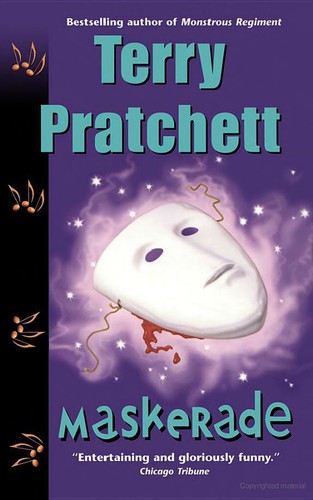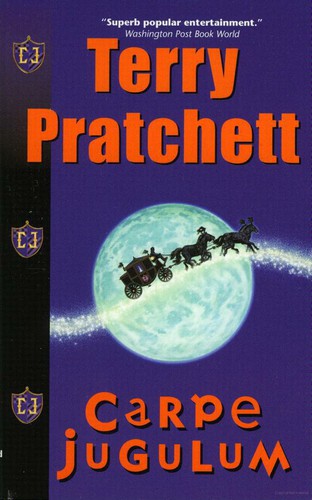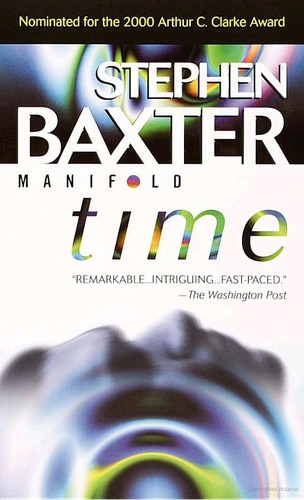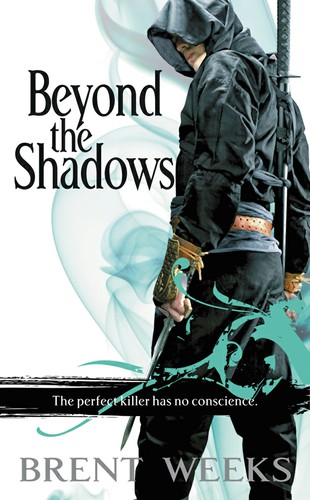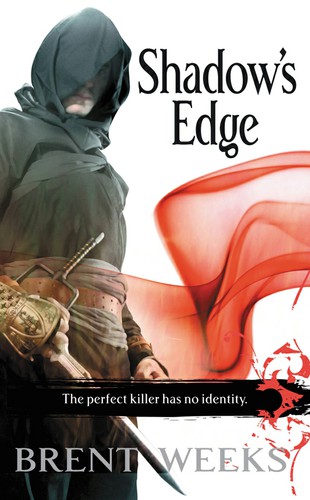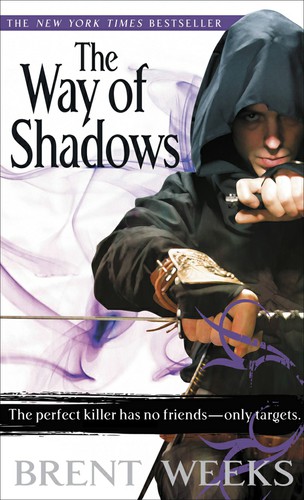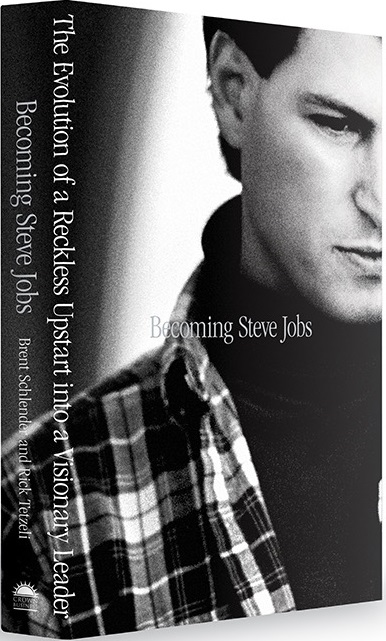This morning, a friend linked to an article on Salon.com, "The conservative plot to destroy the middle class: Scott Walker, 'right-to-work' and America’s new Gilded Age". I read it and I had some issues with how it portrayed the labor history of the last 100 years. In order to agree with Thom Hartmann's polemic, you have to agree with his assumptions about what happened and his implications about what caused various changes.
Allow me to summarize. Pre-unions, Americans were split into the super poor and the super rich. Then FDR passed the Wagner Act, giving unions the strength to fight for workers. From that time forward, the US middle class sprang into being and grew into a strong backbone of society. The forces of evil fought back and worked to weaken unions. The American middle class began to stagnate and to fall behind. If we don't fight to keep unions strong, the American middle class may disappear forever.
I disagree with Hartmann's history of labor and the middle class. I think unions helped some, but also caught the pre-existing wave of economic growth. The growth before WWII was caused by technological innovation, aided by the Harding and Coolidge efforts to cut government spending and debt.
The tremendous economic growth after WWII came out because the European economies had been literally bombed into oblivion. American factories grew explosively, producing all of the goods that European citizens were demanding. American workers were the beneficiaries of this flood of wealth.
Over time, the European economies recovered and the Europeans rebuilt their manufacturing base. The Japanese began to emerge and fight for their own slice of the global market. As worldwide competition increased, American businesses had to economize and cut costs, including labor costs. This eroded the wage premiums that unions had previously demanded for their members.
As American businesses were facing competition from abroad, American workers faced increased competition at home. During the 70's and 80's, more and more American women entered the workforce. This increase in the labor supply had its own impact, helping to hold down wages and benefits.
The American family also began to change, with more single parent households and more single (working) women. This increased the number of households in the country and decreased the average number of wage earners per household. This, in turn, caused the measured statistics of "income per household" to decline. The net change was that, even as the economy continued to grow, the statistical picture looked as though the middle class was stagnating.
That's my story and, given enough time, I can conjure up links to various charts and graphs that explain why I believe this story.
Right now, I'd rather point out why I don't like Hartmann's story. I'll list out the points of disagreement and give a thumbnail capsule of why I disagree with each point.
From the Gilded Age to the Great Depression to today, the economic agenda of conservatives has been easily summarized in two words: “cheap labor.”
That's an opinion and it's Hartmann's opinion. As a libertarian who supports right-to-work, I'd summarize my agenda as "freedom". I believe it leads to cheaper labor for some, more expensive labor for others.
Nowhere is this more apparent than in Republican efforts to make as many states as possible “right-to-work” states—more accurately described as right-to-work-for-less states.
Sure. Let's go ahead and redefine terms to create an emotional preconception against the thing that you're arguing against. It's a fine demagogic technique, but let's not pretend that it's entirely honest. This also ignores the fact that working for less can be a good thing. If a business is struggling, would you rather work for less or be laid off because your union refused to agree to a wage cut? If you're an inexperienced worker, would you rather work for less while you gain experience or be frozen out of a job entirely, because you're not worth the high starting wage that the union negotiated?
Only two entities have the power necessary to stand up for working people against the massive control of oligarch employers: government and unions.
There are three assertions in this sentence. I don't agree with any of them.
- Employers are oligarchs who exert massive control over working conditions and compensation.
- Governments are capable of protecting all employees.
- Unions are capable of protecting all employees.
I'd say the first is only true if you can easily list off all of the employers in your area. If you can and the list is small, those employers may have oligarchic control. If you can't, if there are too many employers to count, it's likely that none of them have oligarchic control over employment in your area.
Governments are often captured by special interests and used by those special interests to give themselves special privileges. An especially egregious example was when white southerners, of all economic statuses, used Jim Crow laws to mandate discrimination against minorities. In that time and place, the government most emphatically did not have the power to stand up for working people of color.
Unions are the very definition of a special interest. They exist to protect the employees in specific businesses and industries. They do this by fighting for special conditions; whether in wages, working conditions, or benefits; that are not available to all employees everywhere. They make life better for employees in the union at the expense of employees outside of the union. (If they weren't able to do this, there wouldn't be a reason to freely join the union.)
Instituting right-to-work-for-less laws is a not-so-subtle plot to starve and destroy one of the only two institutions that can stand up and demand a decent living wage for American workers.
Biased assertion of motive. As a backer of right to work laws, that's absolutely not my motive, nor is it the motive of the other backers that I know.
Right-to-work-for-less laws ensure the cheap labor conservatives have sought for generations.
This is an assertion of debatable fact, without evidence.
Unions have been a bulwark of the middle class ever since the presidency of Franklin D. Roosevelt. Prior to Roosevelt’s 1935 Wagner Act, which guaranteed workers’ rights to unionize, America had been mostly either very rich or very poor.
... Following the Wagner Act’s implementation, and Roosevelt’s raising of the top marginal income tax rate on multi-millionaires to 90 percent, the first true American middle-class came into being.
This is an assertion of debatable fact, without evidence. Additionally, Hartmann commits the post-hoc fallacy, in asserting that the Wagner Act gave rise to the middle class.
[The Taft-Hartley bill] was an early domestic version of the “free trade” disaster we’re seeing now with NAFTA, GATT/WTO, CAFTA and coming soon, the TPP—a race to the cheap labor bottom that started to take root in the American south right after passage of Taft-Hartley.
As I discussed above, the downward pressure on wages is a result of the fact that America lost its manufacturing monopoly as the rest of the world's economies grew out of the post WWII era. The increased competition in producing goods and services strongly limits the prices that any one manufacturer can demand, in turn limiting the salaries that they can pay. It's not a matter of employer greed but a result of consumer demand for more affordable goods and services.
From then until the end of the Jimmy Carter presidency, unionization, and thus, average worker wages in the United States, only gradually declined.
This is a repeat of the assertion that unions were responsible for keeping average worker wages high. If I wanted to engage in my own post-hoc fallacies, I could say that this proves that Taft-Hartley didn't actually have that much of an impact on the middle class.
When Ronald Reagan came into office, a quarter of the American workforce was unionized, meaning half of Americans could raise a middle-class family on a single salary.
There's an important unstated fact here: roughly one-half of the potential American workforce was sitting on the sidelines, as unemployed (mostly married) women. I would argue that this limited supply of labor had something to do with the level of wages and that changes in the workforce had something to do with average household income falling.
But then Reagan declared war on the middle class, starting with the air traffic controller’s union (PATCO) during his first year in office.
Uhhhm... PATCO was illegally striking. It's hard to argue that opposing an illegal strike was an assault on the middle class. Hartmann gives no evidence of Reagan's war on the middle class except for this one supposed example.
While gutting the American middle-class, conservatives also launched a well-funded propaganda campaign, using right-wing “think tanks” and talk radio to convince workers that their growing economic woes were the fault of minorities (“affirmative action”) and the poor (“welfare queens”).
These talking points coming to you courtesy of left-wing "think tanks" and Hollywood personalities. No, I don't actually think that left wing think tanks are made up of morons. But it would be offensive if I did. And it's equally offensive for Hartmann to imply that think tanks he doesn't agree with are nothing but fakes staffed by enemies of the middle class.
At the same time, they began stacking federal benches with conservative judges, and passing thousands of federal, state, and local laws, ordinances, and regulations that further weakened the powers of organized labor and their ability to unionize.
Such as? I'm not impressed by assertions without any evidence whatsoever.
The result has been an explosion in CEO and executive pay, a rush of wealth to the conservative elite (the top 10 percent of Americans now own 75 percent of the nation’s wealth), and preferential capital gains taxes continue to consolidate wealth for those who “earn their living” by sitting around the pool waiting for their dividend checks to arrive.
I have three complaints in one sentence. First, post-hoc fallacy of nebulous "federal, state, and local laws, ordinances, and regulations" that were responsible for changes in CEO and executive pay. Second, an unsubstantiated assertion that most of America's wealthy are conservative (without Googling can you name wealthy conservatives other than the Koch brothers?). Third, an implicit assumption that capital gains taxes are a good thing and that low capital gains taxes contribute to income inequality.
“fair share” union fees—money paid by workers who decline membership in their union, but receive massive benefits (in increased pay, benefits and job security) from their union that is required by law to represent them, even though they are not members and don’t pay full dues.
“Fair share” fees help curtail the problem of these “free riders.” And the Supreme Court upheld them in the 1977 case Abood v. Detroit Board of Ed.
Again, this is an assertion of opinion, not a fact. I would define "fair share" union fees (if Hartmann gives me the scare quotes, I'll use 'em) as the reward that the union gets for forcing you into a job contract that you may not agree with, negotiated by people that you may neither agree with nor like. It may be my share, but I don't agree that it's fair in all circumstances.
There are other points I could quibble with. But those are the things that bothered me the most.
